As the world becomes more conscious of its impact on the environment, the demand for sustainable living solutions continues to rise. One area where this is particularly evident is in the construction and design of buildings.
London, being a bustling metropolitan city, is no exception to this trend. One way that homeowners in London are embracing sustainability is through eco-friendly loft conversions.
An eco-friendly loft conversion is a design and construction process that aims to reduce the environmental impact of converting an existing loft space into a livable area. From the insulation materials used to the types of renewable energy sources installed, every aspect of an eco-friendly loft conversion is designed with sustainability in mind.
This article will explore some of the sustainable design ideas that can be incorporated into a London loft conversion. It will examine ways to reduce energy consumption, the use of renewable energy sources, eco-friendly building materials, water conservation, and indoor air quality.
By the end of this article, you will have a good understanding of how to create an eco-friendly loft conversion that benefits both the environment and your health.
Energy-Efficient Insulation
Insulation is a crucial aspect of any loft conversion, and it plays a significant role in reducing energy consumption. In a well-insulated loft conversion, less heat is lost during the winter months, and the space stays cooler in the summer. This translates to lower energy bills and a smaller carbon footprint.
When it comes to eco-friendly loft conversions, the insulation material used must be environmentally friendly. One option is natural insulation materials such as sheep’s wool, recycled newspaper, or hemp. These materials are sustainable and biodegradable, making them an excellent choice for environmentally conscious homeowners.
Another option is to use high-performance insulation materials such as rigid foam insulation, which is made from recycled materials and is energy efficient. It can be used to insulate walls, roofs, and floors, providing excellent thermal performance.
London Lofts is a company that provides high-quality London loft conversions, including eco-friendly options. They use sustainable insulation materials, ensuring that their loft conversions are both energy-efficient and environmentally friendly.
By choosing an eco-friendly insulation material, you can reduce your carbon footprint, save on energy bills, and create a healthier living space. Additionally, some insulation materials can be reused or recycled, further reducing their impact on the environment.
Renewable Energy Sources
Renewable energy sources are an excellent way to power a loft conversion sustainably. These energy sources generate power without depleting natural resources or emitting harmful greenhouse gases. The most commonly used renewable energy sources are solar, wind, and hydropower.
Solar panels are a popular choice for eco-friendly loft conversions. They use photovoltaic cells to convert sunlight into electricity, which can power your home. Solar panels can be installed on the roof of your loft conversion, where they receive maximum exposure to sunlight.
Wind turbines are another option for generating renewable energy. They harness the power of the wind to generate electricity. While wind turbines are generally larger than solar panels, they can produce more electricity, making them a good option for larger loft conversions.
Hydropower is the use of water to generate electricity. While it may not be a feasible option for a loft conversion, it is worth considering if you have a nearby water source such as a river or stream.
Using renewable energy sources to power your loft conversion has many benefits. It reduces your carbon footprint, lowers your energy bills, and helps to create a more sustainable future. It is also possible to sell excess energy generated back to the grid, providing a potential source of income.
When considering renewable energy sources for your loft conversion, it is essential to calculate the cost-benefit analysis of installation. While renewable energy sources can be costly to install, they can provide long-term savings and environmental benefits.
Eco-Friendly Materials
Using eco-friendly building materials is a key aspect of creating an environmentally friendly loft conversion. Eco-friendly materials are sustainable, biodegradable, and have minimal impact on the environment. There are many eco-friendly materials available, including recycled materials, natural materials, and low-emitting materials.
Recycled materials are an excellent option for eco-friendly loft conversions. They are made from materials that have been previously used and would otherwise be discarded. Examples of recycled materials include recycled steel, reclaimed wood, and recycled glass.
Natural materials such as bamboo, cork, and straw are also popular choices for eco-friendly loft conversions. These materials are sustainable, biodegradable, and often require less energy to produce than traditional building materials.
Low-emitting materials such as low-VOC (volatile organic compound) paint and formaldehyde-free insulation are also important in creating a healthy living space. They release fewer harmful chemicals into the air, improving indoor air quality.
Rated Builders London is a company that provides high-quality builders in London, including eco-friendly options. They use sustainable building materials, ensuring that their loft conversions are both energy-efficient and environmentally friendly.
Using eco-friendly materials in your loft conversion not only benefits the environment but also creates a healthier living space. Eco-friendly materials are free from harmful chemicals, making them an excellent choice for those with allergies or sensitivities.
Water Conservation
Water conservation is an essential aspect of creating an eco-friendly loft conversion. Reducing water consumption not only benefits the environment but can also lower your water bills. There are many ways to conserve water in a loft conversion, including installing low-flow fixtures, collecting rainwater, and using water-efficient appliances.
Low-flow fixtures such as low-flow showerheads, toilets, and faucets can reduce water consumption by up to 50%. These fixtures are designed to use less water while still maintaining adequate water pressure.
Rainwater harvesting is another way to conserve water in a loft conversion. It involves collecting rainwater from the roof of your loft conversion and storing it in a tank for later use. The collected water can be used for non-potable uses such as watering plants, flushing toilets, and washing clothes.
Using water-efficient appliances such as washing machines and dishwashers can also help conserve water. These appliances use less water than traditional models and can reduce water consumption by up to 50%.
In addition to these measures, it is essential to fix any leaks promptly. Even a small leak can waste hundreds of gallons of water each year, increasing your water bill and wasting a valuable resource.
In conclusion, water conservation is an important aspect of creating an eco-friendly loft conversion. By implementing water-efficient measures, you can reduce your water consumption, lower your water bills, and create a more sustainable living space.
Indoor Air Quality
Indoor air quality is a critical aspect of creating a healthy and sustainable living space in a loft conversion. Poor indoor air quality can lead to health problems such as respiratory issues, allergies, and headaches. There are many ways to improve indoor air quality in a loft conversion, including ventilation, using low-emitting materials, and reducing indoor pollutants.
Proper ventilation is essential in creating healthy indoor air quality. It helps to remove pollutants and improve air circulation. A mechanical ventilation system, such as a heat recovery ventilation system, can help to remove stale air and bring in fresh air, improving indoor air quality.
Using low-emitting materials, such as low-VOC paint and formaldehyde-free insulation, can also help to improve indoor air quality. These materials release fewer harmful chemicals into the air, reducing the risk of health problems.
Reducing indoor pollutants, such as dust, mold, and pet dander, can also improve indoor air quality. Regular cleaning and vacuuming can help to remove these pollutants from the air.
It is also important to consider the type of furniture and household products used in a loft conversion. Many products contain harmful chemicals, such as flame retardants and phthalates, which can negatively impact indoor air quality. Choosing eco-friendly and non-toxic products can help to reduce exposure to harmful chemicals and improve indoor air quality.
In conclusion, indoor air quality is a crucial aspect of creating a healthy and sustainable living space in a loft conversion. By implementing proper ventilation, using low-emitting materials, reducing indoor pollutants, and choosing eco-friendly products, you can create a healthy and sustainable living space.
Conclusion
In conclusion, creating an eco-friendly loft conversion is an excellent way to reduce your environmental impact and create a healthy living space.
By incorporating energy-efficient insulation, renewable energy sources, eco-friendly materials, water conservation measures, and indoor air quality improvements, you can create a sustainable and healthy living space that benefits both you and the environment.
There are many options available for those looking to create an eco-friendly loft conversion, and it is essential to work with a qualified and experienced professional to ensure that your loft conversion meets your specific needs and requirements.
Remember that creating an eco-friendly loft conversion is not only beneficial for the environment but can also help you save money on energy bills and create a healthier living space for you and your family.
So if you are considering a loft conversion in London, be sure to explore the eco-friendly options available and make your loft conversion a sustainable one.

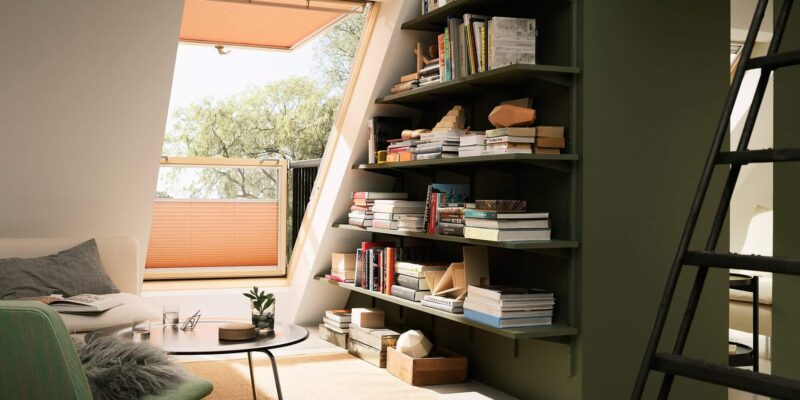

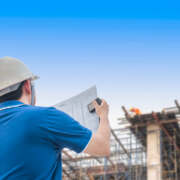


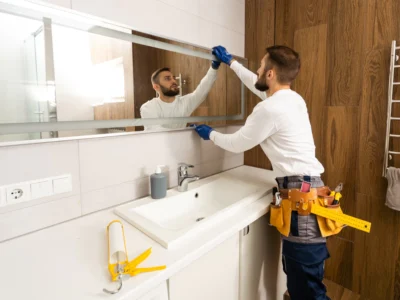

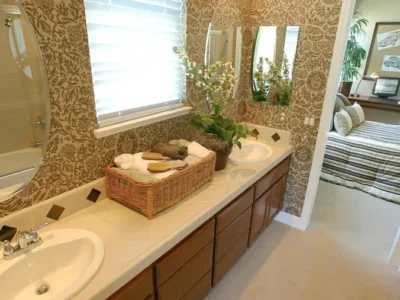
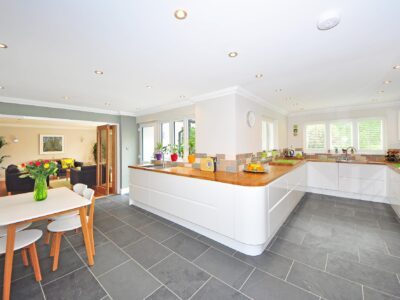
Comments